- Learning time
- 20 minutes
- First play time
- 40 minutes
Santo Domingo
Designed by: Stefan Risthaus
Santo Domingo is a simple game of speculation, group-think and second-guessing.
Each player receives the same set of 8 cards, all of which have a number and an action. The small board shows three tracks on it – red (victory points), blue (goods) and yellow (the exchange rate for turning goods into victory points). At the start of each round the markers on each track will move up a number of spaces depending on the number of players. Then everyone chooses a card from their hand; all cards are revealed simultaneously, and the actions resolved in order, from lowest to highest. The Captain (No.1) gets you victory points from the track, but only a small amount. The Admiral (No.2) potentially gets you more victory points from the track, but only after the Captains have taken their share, so playing him can be risky. The Governor (No.3) gets you goods irrespective of what’s available on the track – but only if other players have played Captains or Admirals.
There are three ship cards (Nos. 4, 5, and 6) that function in a similar way, but related to the Goods track (with the Customs card a flipped version of the Governor). The last two cards to be resolved function in a slightly different way – the Trader (No. 8) allows you to trade goods from your supply at the value shown on the track – but only after it’s been moved back two spaces for every other player who also played a trader. If any trading happened the exchange rate returns to zero.
Finally the Beggar (No.9) nets you goods depending on how many players played Traders, and how many cards you have left in hand (the fewer the better), and returns all your previously-played cards into your hand. First player to thirty points wins!
Joe says
I really enjoy the speculation in play here - do you think everyone's going to go after points this turn? If so, do you join them, or try to capitalise on that by playing your Governor to hoover up some goods. You may have a tonne of goods to trade, but you need to time it so that the trading ratio is at it's peak - and then you also need to be the only person trading to get the best deal. If you can remember which cards have already been played, there's further opportunity to read your opponents; but this takes a serious player. Some might find it a bit dry, but there's a lot of game in here for the size of box and the short play time.
The guru's verdict
-
Take That!
Take That!
Nobody can steal points or goods from you, but the timing of when you play each card carries a high level of interaction.
-
Fidget Factor!
Fidget Factor!
Low. Choose a card; play it. It could theoretically have the odd lull if someone is trying to work out what someone else is going to do - but that is the heart of the game. Serious players might try and keep track of what cards have been played, but they probably need to be gently jeered at until they make their move.
-
Brain Burn!
Brain Burn!
The rules are actually very light. The only 'burning' here is trying to read the table. What is everyone going to do...?
-
Again Again!
Again Again!
The game functions the same way every time - what gives it some variety is what the players bring to it. High risk might yield no return - but no risk at all might bring you a rather 'safe' third place. If you tire of the regular game, the flip side of the board - the 'winter' version - provides much more challenging trade ratios.

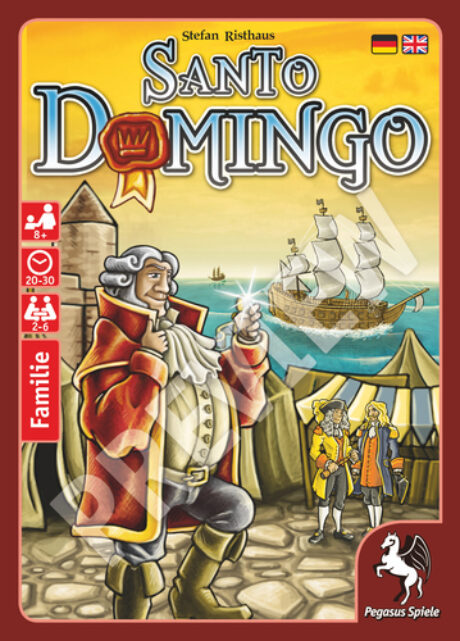
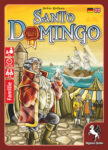


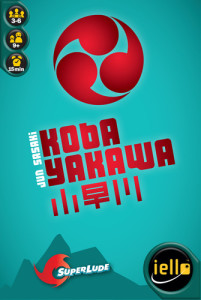
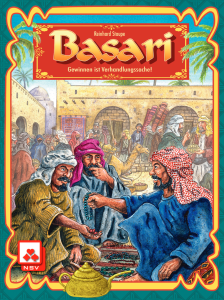

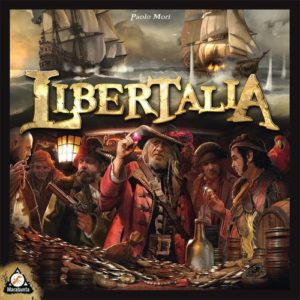
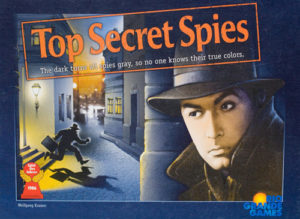
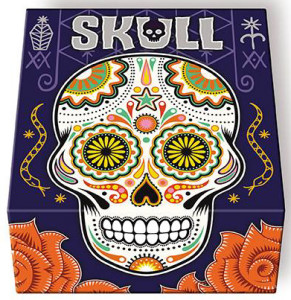
Sam says
I've only played with four but I can imagine with 5 or 6 players it becomes increasingly chaotic. I'm not mad about games where the text on the cards decides what happens, but this is countered rather neatly with the interactive play here. Reading what someone's going to do whilst trying not to be predictable yourself is a real challenge, and if your group enjoys table-talk this is rather fun.